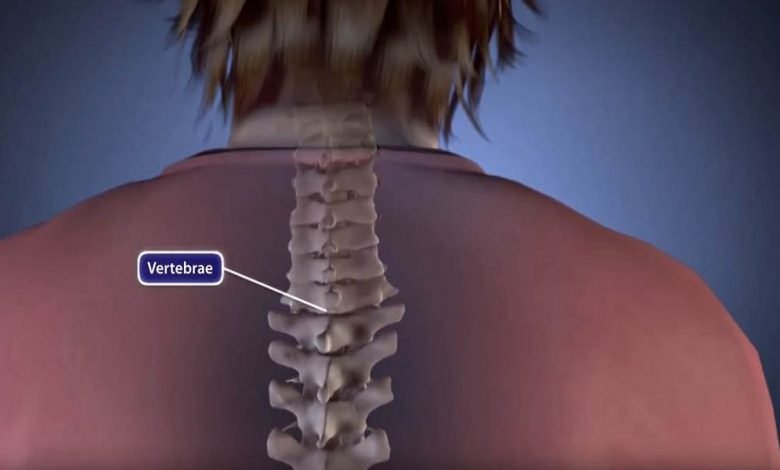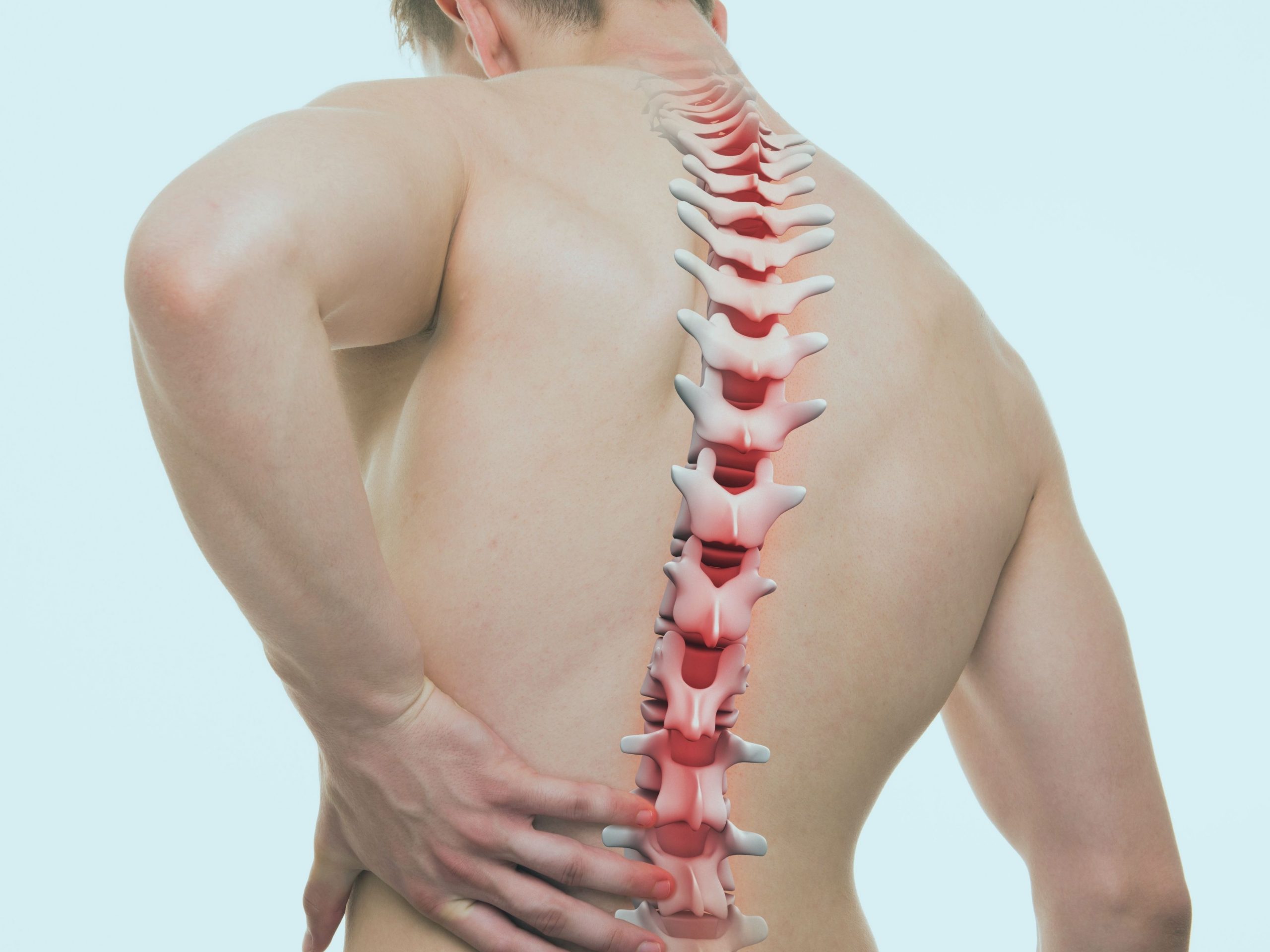Elaborating spine fusion procedure by a best orthopedic surgeon

Introduction
Bones are necessary for providing stiffness to the body. Without necessary stiffness, it is impossible to stand straight with full body height. It is commendable to take care of our bones and get them check every month or so when getting older. A little pain or a small injury can reach the crucial point if remains ignore for long. Over and inappropriate use may lead to damage like lifting heavy objects for longer or with the wrong angle could deteriorate the condition. Most important is to find and consult the best orthopedic doctor who could guide and prescribe important measures to take when facing such alarming situations.
Importance of spine
The spine is a series of small bones in the centre of our back. It holds a significant position for a human body like:
- The foremost function of the spine is to protect the spinal cord. The spinal cord holds bunches of nerves that connects the nerves of the whole body to the brain. It carries messages to and from the brain without which proper functioning of the body is impossible. So you can imagine its worth, a little damage may deprive of proper body function.
- We can bend, sit, stand, twist, rotate and do any flexible movement because of the spine as it provides flexibility and high mobility to the body.
- It acts as a supporting part that provides a point for attachment. The lower and upper body attach to the spine. Even shoulders and the head gets support from the spine. The spine balances the body and also distributes body weight. Muscles, ligaments and tendons even many other bones are anchored to the spine.
Anatomy of spine
The spine also called the backbone is made up of numerous small bones to ensure high flexibility and mobility. It extends from the skull connecting various bones in the way and ends at the pelvis. Each small bone is termed as vertebrae which are 33 in number. Between each vertebra, there’s a fibrous disc. The whole spine divide into three major regions I.e. Lumbar, Cervical and thoracic spine. The spinal canal is covered by the lamina of each vertebra. This canal holds numerous nerves that carry messages to and from the brain.

Possible damages to the spine
The spine helps to divide the weight we lift, also it is in continuous use the whole day. Thus backbone is more prone to disorders, injuries or disease. The most common disorders that arise include degenerative disc disease, spinal stenosis, scoliosis, tumours, spondylolisthesis, arthritis, kyphosis, fracture or herniated discs. All such conditions lead to possible damages that need immediate attention to be sort out.
Spinal fusion procedure
Various small vertebrae together make up a spine. There’s a space between each vertebra where discs are present. These spaces provide flexibility and high mobility to the backbone. In spinal fusion, the space between vertebrae is filled by bone grafting fixing them together to make one solid bone eternally. Bone grafting is a method use to heal two bones together. A small part of the bone extract from other bones in the body and place into the space between two damaged vertebrae. The orthopedic surgeon will insert plates, screws or rods to fix the joint and abstain it from moving to make it heal faster. As the bone heals space vanishes and becomes one solid bone making the joint stiff and less mobile. Other terms used by medical specialists to relate spine fusion are anthrodesis, vertebral interbody fusion, anterior or posterior spinal fusion.

A best orthopedic surgeon always discusses important steps to prepare the patient for spinal fusion surgery. As required before surgical procedures there are various imaging and other laboratory tests. The surgeon will discuss daily routine and any other important point that is necessary for him to know regarding the patient. The patient must show cooperation and discuss few little things like:
- If he or she smokes because smoking slows down the healing process after surgery.
- Having any illness like cough, flu, herpes, cold etc.
- Taking any medicine that is not in the knowledge of his surgeon because some medicine prevents blood from clotting thus not good for healing after surgery.
Eight hours before spinal fusion surgery, the surgeon may ask to fast as a patient will be given general anesthesia.
Best way to recover after surgery
After surgery, the patient is keep in hospital for 4 days or more under the watchful eyes of the surgeon to see if any reaction may arise. Meanwhile, the consultant guides the patient on how to manage stiff joints in future after recovery. They will recommend certain exercises and the right postures to walk, sit and stand. Full recovery takes almost six weeks, till then the patient must follow instructions to recover fast. A brace is tied to support the spine and limits its movement unless the proper healing is done.
Conclusion
Like all other surgeries, spinal fusion may also have some complications like infection in the operated area, blood loss etc. but the good thing is it helps to relieve pain. To minimize its back draws it is mandatory to choose the best orthopedic surgeon for such a task. The procedure is complex and requires a lot of genius from the surgeon’s side.




